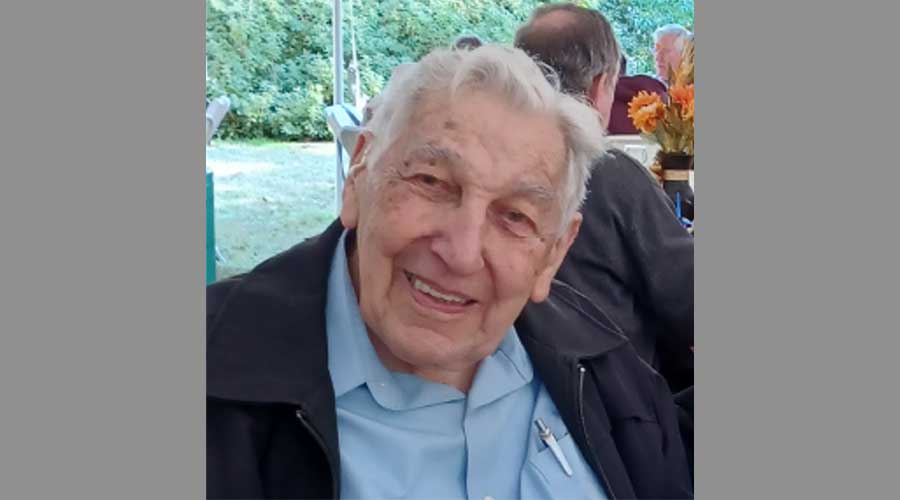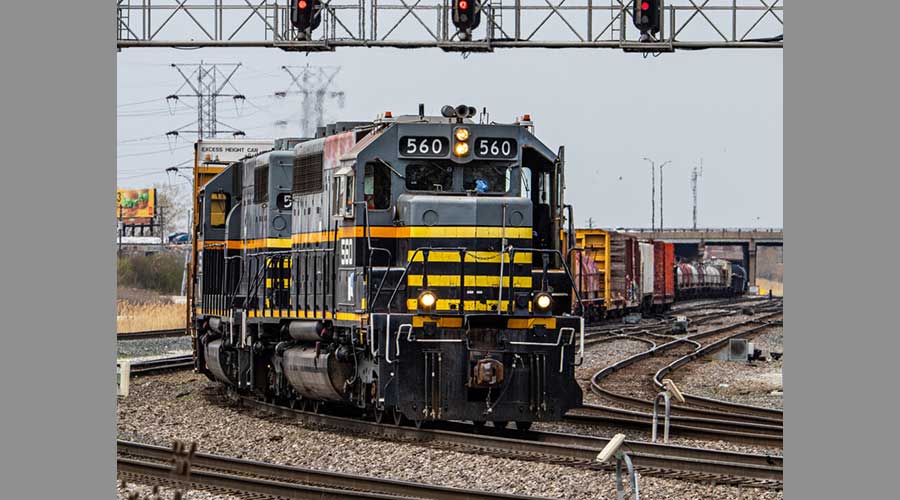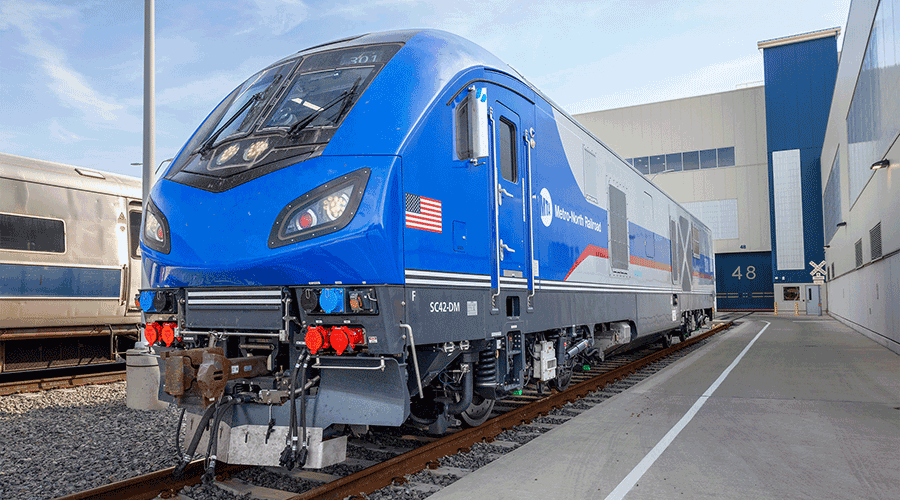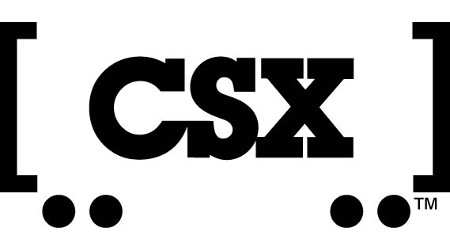Stay updated on news, articles and information for the rail industry
4/3/2024
Rail News: Intermodal
First vessel passes through temporary channel at Baltimore port
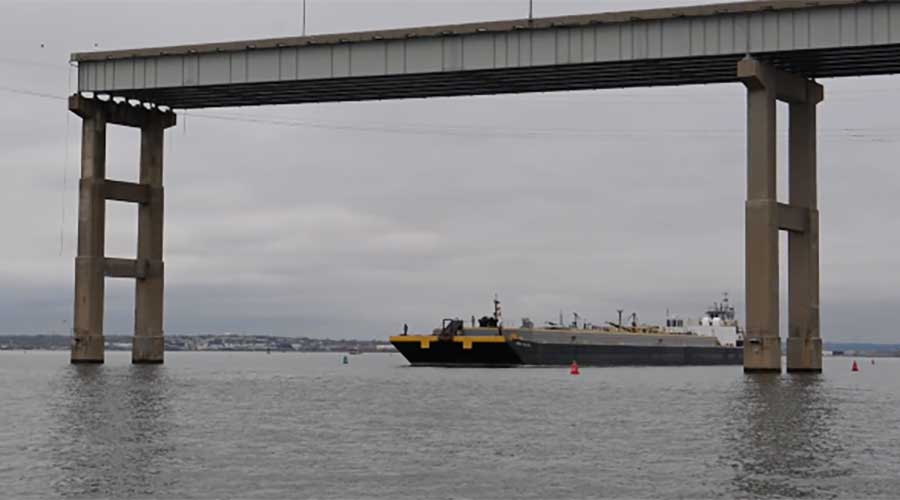
A fuel barge pushed by a tugboat is the first vessel to transit a temporary alternate channel built after the Francis Scott Key Bridge collapsed a week ago into the Patapsco River, forcing the closure of the Port of Baltimore.
The barge is used to supply jet fuel to the U.S. Department of Defense and was transiting to Dover Air Force Base, the U.S. Coast Guard announced in a press release.
The temporary channel will enable vessels to move around Key Bridge wreckage. Built as part of a phased approach to opening the main federal channel, the temporary passage is located on the northeast side of the main ship channel in the vicinity of the Key Bridge.
The channel has a controlling depth of 11 feet, a 264-foot horizontal clearance and vertical clearance of 95 feet. The bridge-response unified command is working to establish a second, temporary alternate channel on the southwest side of the main channel, Coast Guard officials said. The second channel will allow for deeper draft vessels with an anticipated draft restriction of 15 to 16 feet.
Two crane barges, a 650-ton crane and a 330-ton crane, are working on scene to clear the bridge wreckage.
A 984-foot cargo ship lost power and struck the bridge on March 26, causing its collapse. Six construction workers working on the bridge died after falling into the water as the structure collapsed. It's not yet clear when the port — the nation's ninth busiest — will reopen, federal and Maryland officials have said.
Both CSX and Norfolk Southern Railway serve the port. CSX announced recently that it is developing a dedicated service solution between Baltimore and New York to help mitigate freight shipment disruptions.
Contact Progressive Railroading editorial staff.


 2025 MOW Spending Report: Passenger-rail programs
2025 MOW Spending Report: Passenger-rail programs
 Gardner steps down as Amtrak CEO
Gardner steps down as Amtrak CEO
 Guest comment: Oliver Wyman’s David Hunt
Guest comment: Oliver Wyman’s David Hunt
 Women of Influence in Rail eBook
Women of Influence in Rail eBook
 railPrime
railPrime




